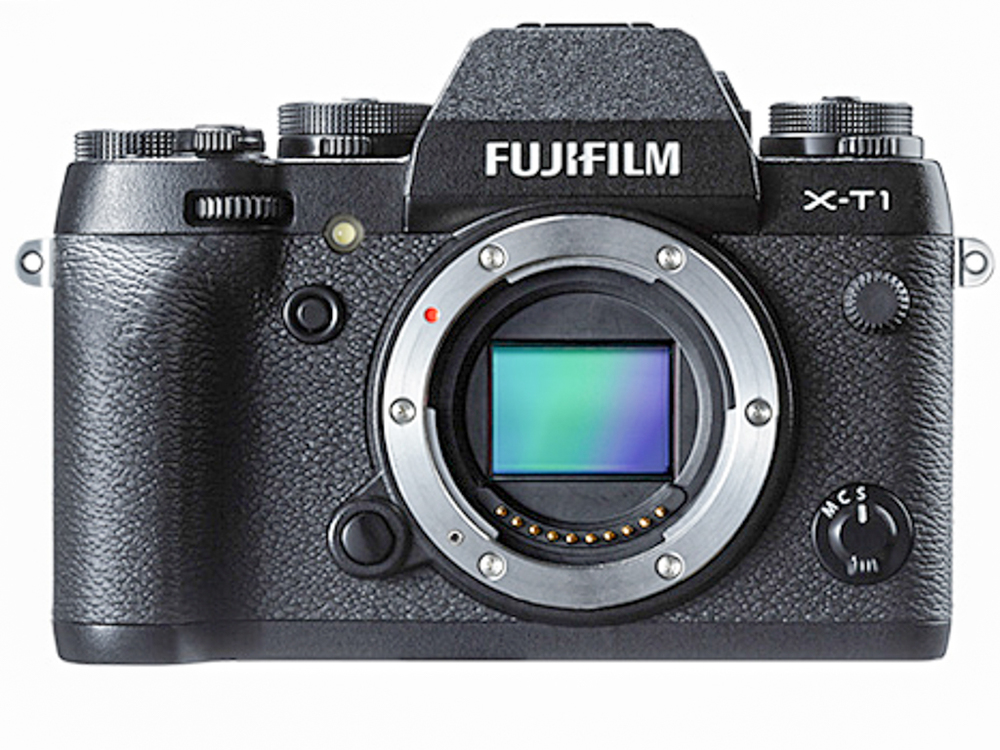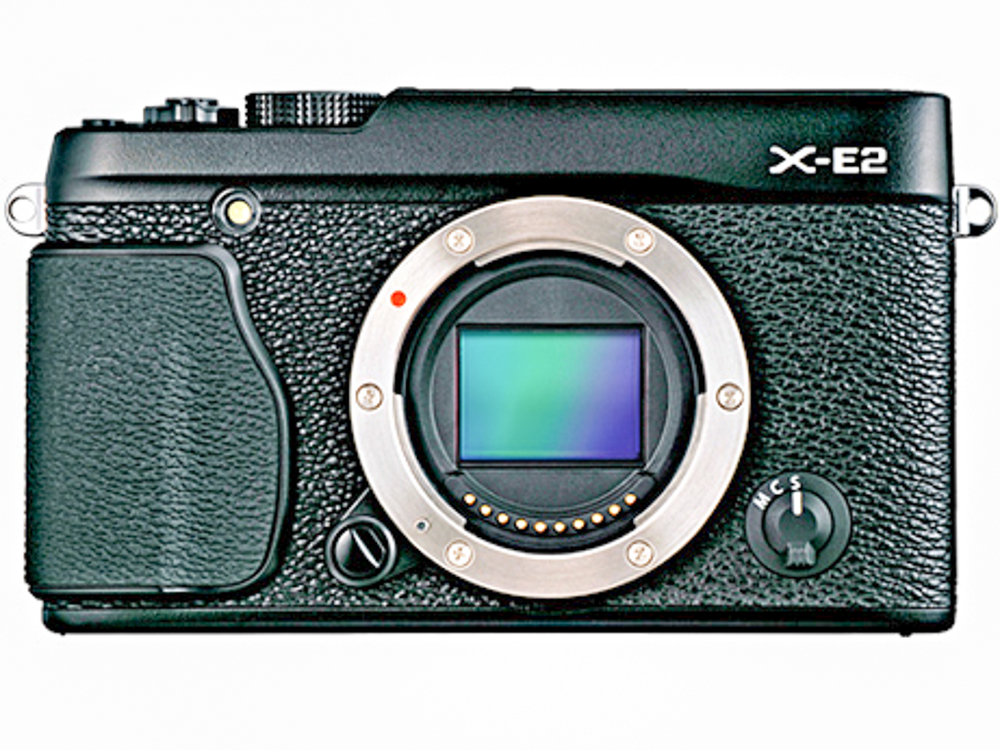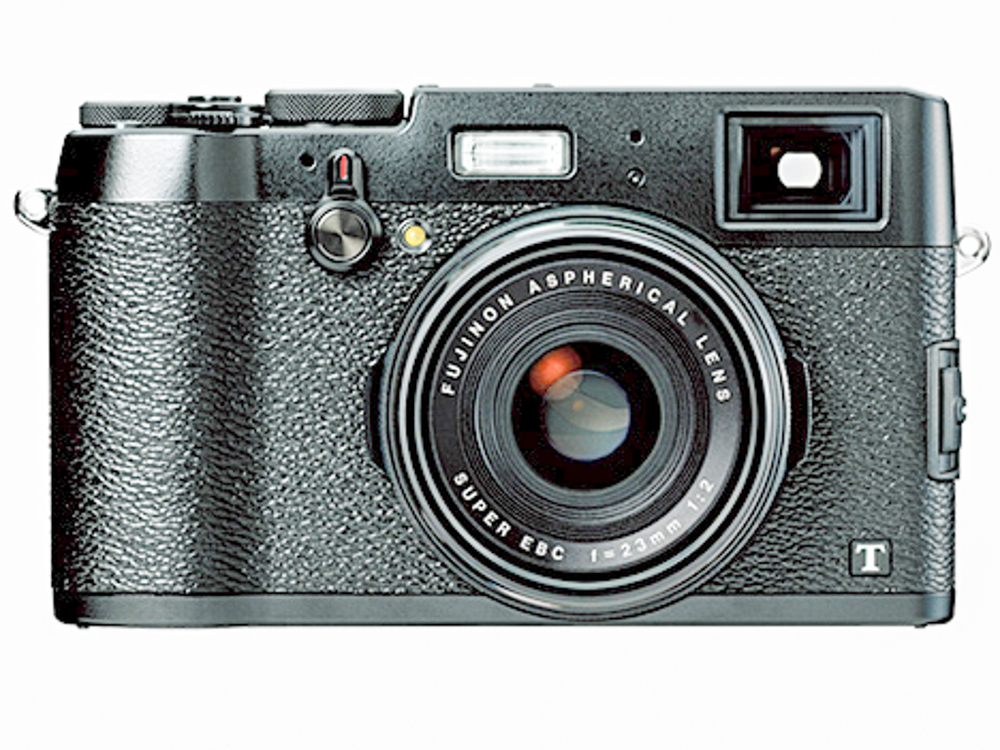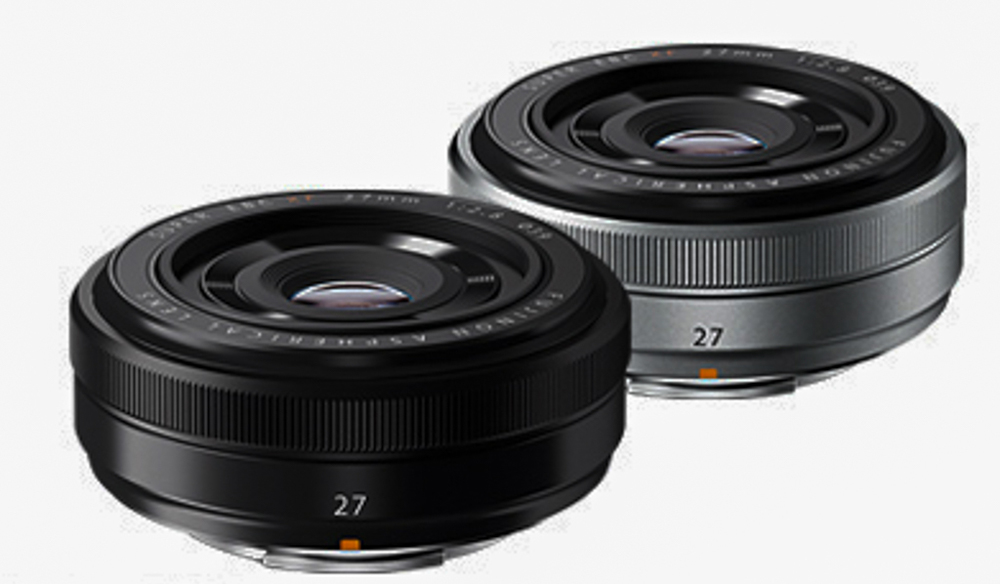

A few weeks ago I asked which makes the better street camera, the Fuji X-T1 or the new X100T. Without doubt the X100T with its fixed 35mm-equivalent lens, hybrid viewfinder and electronic shutter is a superb little street cam. But it has its limitations, being restricted to just one focal length. The X-T1, on the other hand, is a fully-fledged system camera with endless possibilities and permutations of focal length and aperture. And with the 27mm f/2.8 pancake lens (equivalent to 41mm) it is directly comparable with the X100T.

While the X-T1 lacks the igenious hybrid optical/electronic viewfinder of the X100T, it does have a much better electronic viewfinder, a really large affair that you will love. And the X-T1 isn’t the only choice when it comes to street photography. The X-E2 and the 27mm lens is barely larger than the X100T and is actually a few grams lighter.
But the plot thickens. Last Thursday Fuji performed a supreme feat of prestigitation by presenting the hitherto mechanically shuttered X-T1 with the option of a silent 1/32000s electronic affair, just like the X100T. This puts a few more brownie points on the X-T1’s scoreboard. All in all, I think the X-T1 now represents the best possible compromise if you want an all-round system camera which can also serve as a perfect street cam.

Unfortunately, the X-E2 doesn’t get the electronic shutter and is being somewhat left behind by the two newer cameras. This omission is significant and indicates to me that the X-E2 is due for a refresh before much longer. If it were a choice between X-E2 and X100T, ignoring the price difference, the fixed-lens camera would win hands down.
Relative size isn’t really a big issue here. If you place the three cameras, X100T, X-E2 and X-T1 in a line on the table, as I did earlier today, you will be surprised how near to each other they are in size. The remarkable thing is that the X100T is only a fraction smaller than the X-T1 if you ignore the latter’s hump and grip. And that grip is very useful, the hump less attractive although it does give you that gorgeous EVF.

When it comes down to weight, the comparison is surprising. The X-E2 with the tiny 27mm pancake is actually the lightest of the three. At 428g it is 12g lighter than the X100T at 440g. Even the X-T1, with grip, hump and a fraction more depth is no heavyweight at an acceptable 518g.
So which to choose? If you want a dedicated street camera and already down an ILC (or don’t think you need one) then the X100T is the obvious choice. It is a gorgeous piece of kit, especially in black, and the new diamond-cut focus ring, small feature that it is, succeeds in giving the camera a much more purposeful image.
The X-E2 and 27mm pancake at around £830 is a cheaper option than the £1,000 X-T1. But the only reason to choose it is price and the ability to change lenses. You sacrifice several useful features, mainly the electronic shutter, but also the intriguing hybrid viewfinder.
On the other hand, the X-T1 is a real competitor for the X100T. It is more expensive, of course (at around £1,200 with the 27mm) but makes a first-class street camera. Some will prefer the added chunkiness, particularly the superb grip, and the extra-large EVF will delight. The hybrid viewfinder of the X100T is glorious, but it is an added complication and something else to worry about. Where the X-T1 wins outright is in its versatility. With Fujinon’s stupendous range of lenses, the X-T1 is capable of being all things to all people.
For versatility go for the X-T1, for dedicated street work choose the X100T. If price is no object, then get both of them.

Having used both the X-E1 and X-E2 very extensively I must say I have to disagree with your findings. Why? Well quite simply because the E-E1’s shutter to EVF and eventual image viewing times are so much slower than those for the X-E2 (Which is virtually as fast as the X-T1) making the X-E2 a complete non starter in my view for rapid reaction, street, or any type of action photography. Don Morley
Don and I have sorted this out and it is all down to a typo. In the conclusion to the article I recommended the X-E1 for versatility. This should have been the X-T1, which was the subject of the article, and I have now corrected it. I’m grateful to Don for promoting me to investigate.